My Top 10 Mistakes (Out of 100) to Avoid When Shooting Film
A summarized and painful list of mistakes, with their corresponding solution/tip.🎞️ ❤️🩹
Some mistakes are laughable, others painful, and many were simply the result of using a camera that doesn’t show you what the lens sees (lies: it’s always the operator!). But you know what? That’s the charm of rangefinders, embracing the mistake is part of analog photography.
Even if you shoot SLRs or compacts, this list is still for you. Think of it as a friendly nudge, not a set of commandments. And if you’ve made some of these mistakes too, congratulations and welcome to the fam :)
I’ll start with mistakes that fuck up an entire roll.
1. Not loading the film properly and thinking it’s advancing when it’s not
This one is a classic hurts almost every beginner the most because it makes you lose ALL shots in a breeze. You finish “photographing” 36 (or 37, 38) exposures, excited, only to realize the take-up spool never caught the leader when you loaded the film. You won’t find out until it’s too late. And to make things worse, because cameras are mechanical pieces, the film counter advances, giving you the false impression that you were capturing the moments. It happened with me at freezing temperatures once.
Solution: Always double check that the film’s moving by looking to the rewind knob. Pull it gently, peek through the back window if there’s one. Learn the tension, the feel of it. That’s the difference between getting a photo and getting an empty memory. Watch YouTube videos to master how to load film in your camera.
2. Not correctly setting the ISO when loading the film
Slide in a roll of ISO 200 and forget to change the setting from that last ISO 400 roll? Easy to do. Some cameras read DX codes, but many don’t. And with rangefinders or older SLRs, it’s all on you. This becomes even more important when you’re pushing or pulling film. That little dial is quiet, but it holds all your exposure decisions. Set it with intention.
Solution: Add a sticker or a label saying “don’t forget ISO” to the backdoor of the camera. This will help you creating muscular memory to set it when changing films.
3. Parallax issues (rangefinder cameras) and architecture photography
If you’ve ever framed something perfectly in the viewfinder and then found it awkwardly off-center in the scan, welcome to parallax. Since you’re not looking through the lens, what you see is never exactly what the lens sees. The closer you are to your subject, the bigger the difference. Some cameras have frame lines that compensate, but that not always work.
Solution: The key is to train your eye to expect it. Step back, leave margin, and when in doubt, reframe a little looser so you can crop later on in post.
Have new tips? Leave a comment! I would love to make this an “ABSOLUTE TOP 100” list, and I need your your help!
4. Not carrying basic accessories (especially film retriever and batteries)
You’ll only forget a spare battery once, usually when you’re somewhere too beautiful to describe. And the film retriever? You’ll remember it when you accidentally rewind a roll all the way into the canister and have no way to get it out. That happened with me in Tokyo, it was the FIRST time I went out without my photo bag. I had one roll in the camera and another in my pocket, when it was time to replace, I fucked up.
Solution: These tiny tools are easy to carry and even easier to forget. Keep a small pouch of essentials in your bag. Your future self will thank you.
5. Adding an ND filter and forgetting to compensate exposure
Neutral density filters are great for bright days, but they darken your exposure. You’re fine if your camera doesn't meter through the lens (many don’t), and you have to remember that filter will silently steal light getting into the emulsion. If you forget to adjust, you’ll end up with a whole roll of underexposed frames.
Solution: Know the filter factor, adjust your settings, and maybe scribble a reminder on a piece of tape over the rewind knob.
6. Don’t expect getting best results out of expired films and plastic lenses
It’s tempting to buy expired film in bulk, or shoot with quirky plastic cameras. And there’s nothing wrong with that. Just don’t expect it to behave like fresh Portra in a precision-built Leica. A recently expired film, like a year ago is fine.
Solution: Embrace the chaos if you choose it, hahah. But don’t blame the film if your images come out muddy, or if that toy lens isn’t sharp. It’s all part of the look, but it’s not a shortcut to magic. A rule of thumb is to push the film to +1 (both in camera or developing) for every decade of expiration.
7. Exposing for highlights
Digital teaches us to preserve highlights, so we tend to expose for highlights and pimp the shadows later on, but film works differently. It handles overexposure gracefully, but hates being starved for light. If you underexpose your shadows, you’ll get thin, flat negatives with little to recover. Know film prefers more light than digital.
Solution: Prefer metering for the shadows, especially in contrasty scenes. Give film the light it needs to sing.
8. Forgetting to identify rolls in the camera when shooting
You’ll swear you’ll remember what’s inside. Then two weeks later, with three half-used cameras and four rolls in your pocket, you’ll start guessing. Is this CineStill 800T or some expired Fuji? Did I plan to push it? That confusion can ruin your metering decisions, your development choices, or your whole mood.
Solution: A tiny strip of masking tape and a pen solves it, include a little notebook in your bag to take notes. I use a website called analog.cafe, they have a good Film Log and Chem Log.
9. Taking repeated photos (like we do on digital)
Digital trained us to fire three or four shots of the same scene just to be sure. On film, that’s a quick way to burn through a roll and dilute your attention. With only 24 or 36 frames, every shot should feel like a decision.
Solution: Slow down. Look once, breathe, then shoot. Not twice. Not five times. Just once. You’ll start to love that feeling. Remember that film costs you money, ya know.
10. Shooting with the lens cap on
The rangefinder rite of passage. Since you're not looking through the lens, it's easy to forget the cap is still on, especially if the camera has no TTL light meter. Everything looks fine in the viewfinder, until you get your scans back and realize the first three frames are black. Some folks leave the cap off altogether. Others use caps with holes or warning tape. Me? I learned the hard way — and I’ll probably learn again.
Solution: Throw the lens cap in the trash 😂.


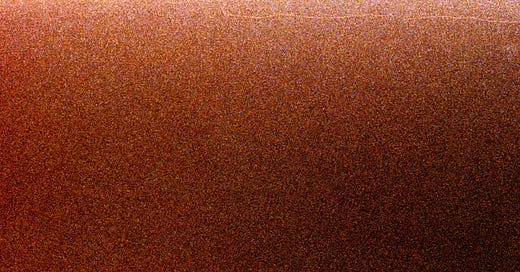


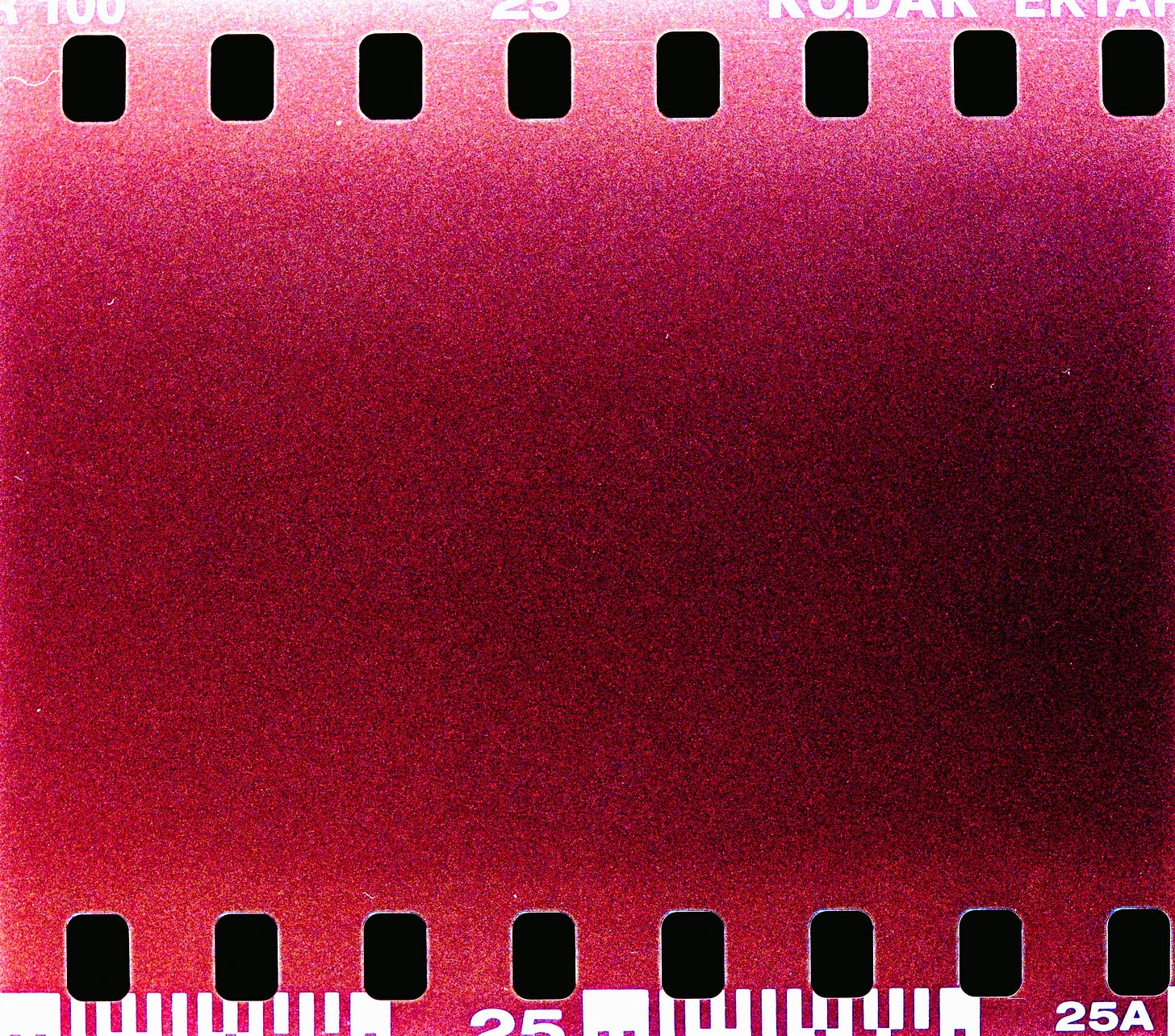
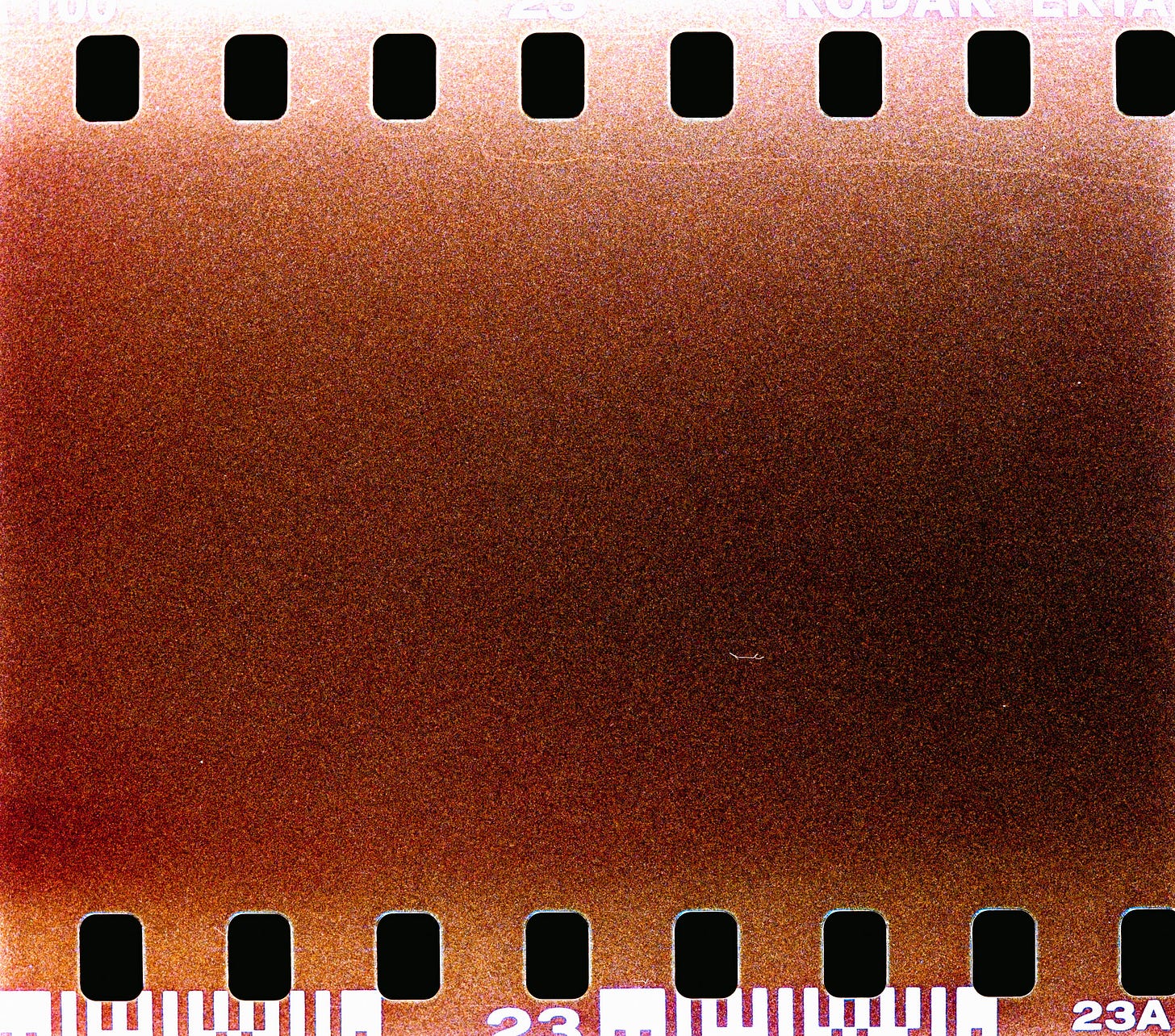
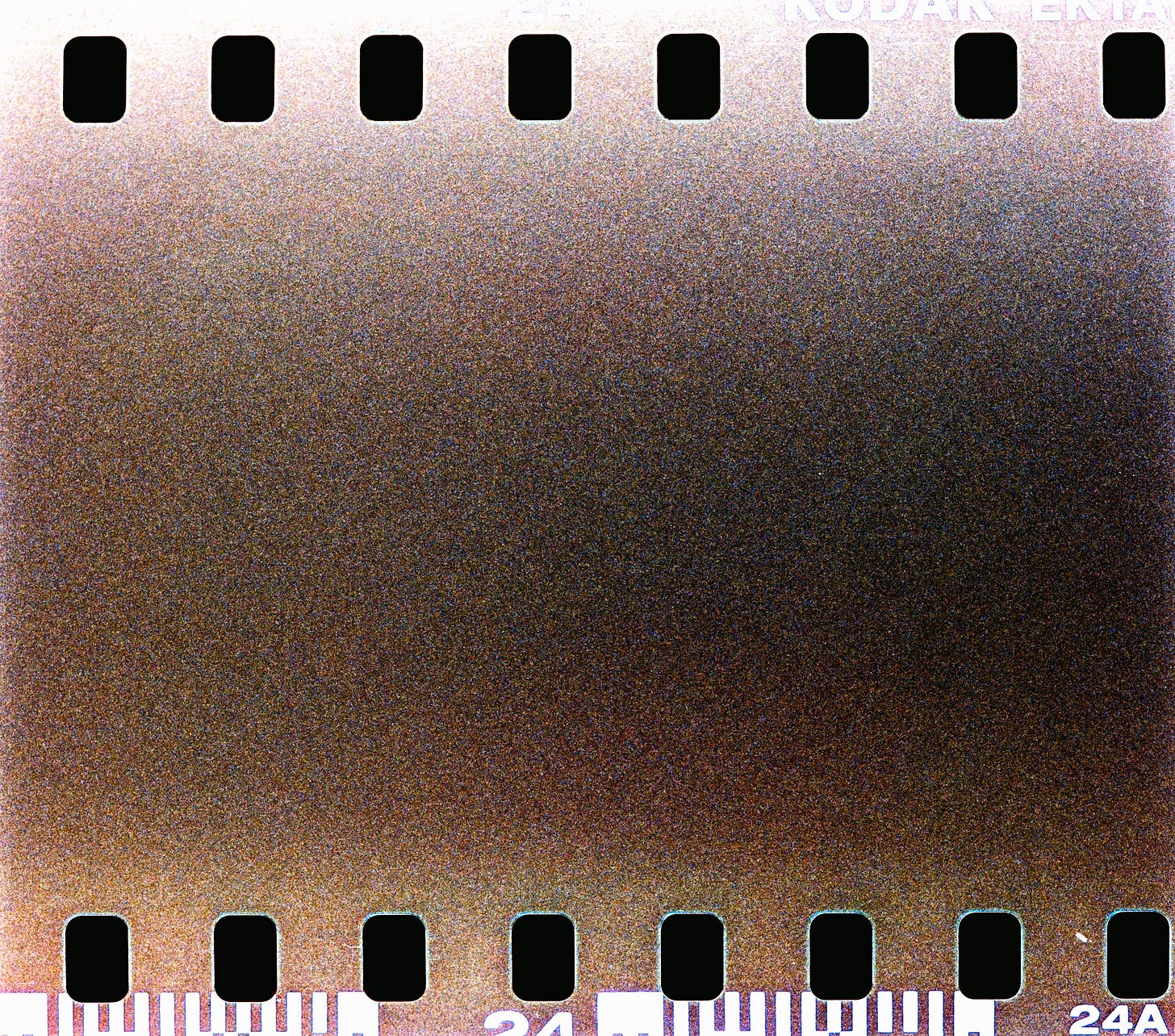
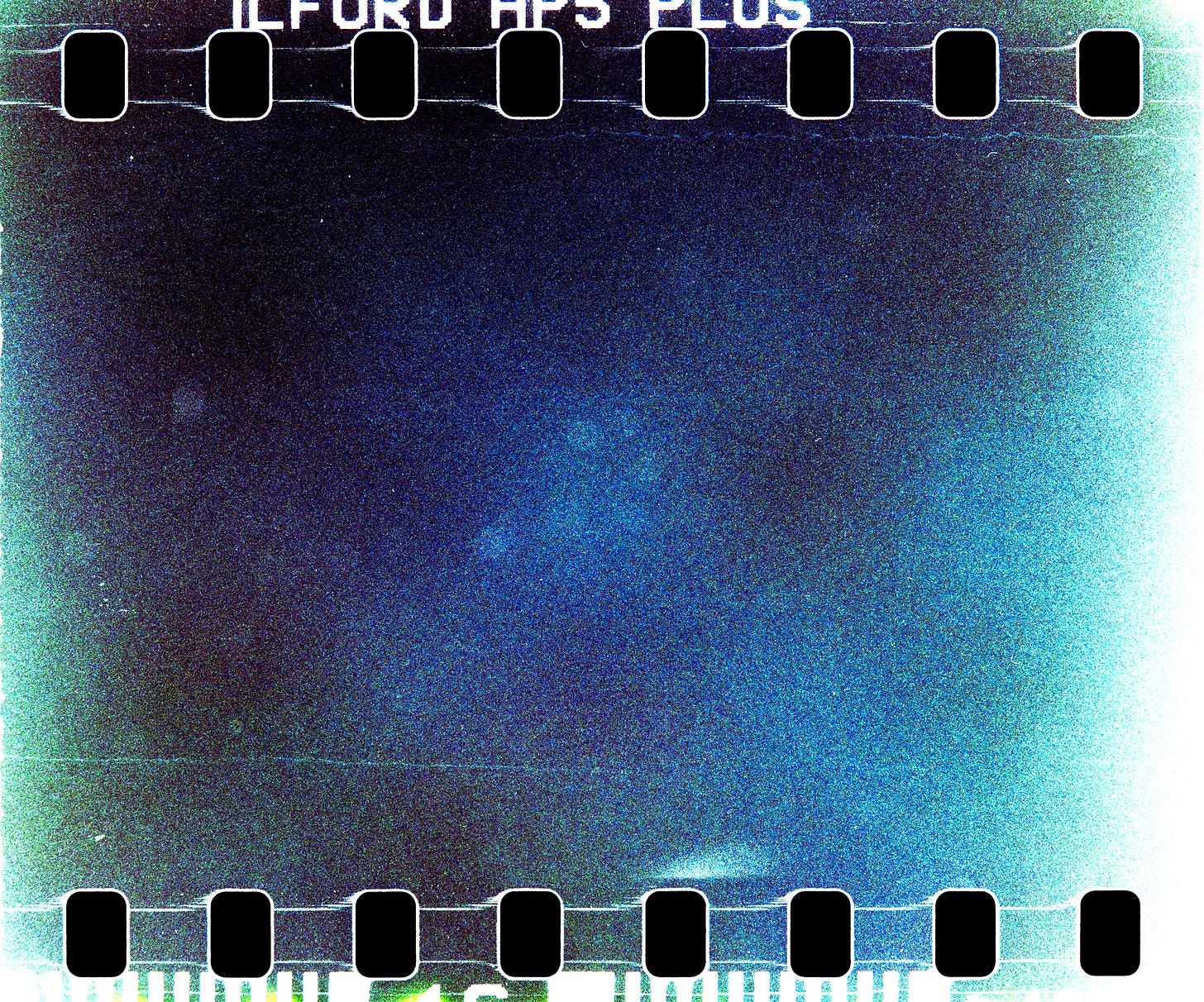
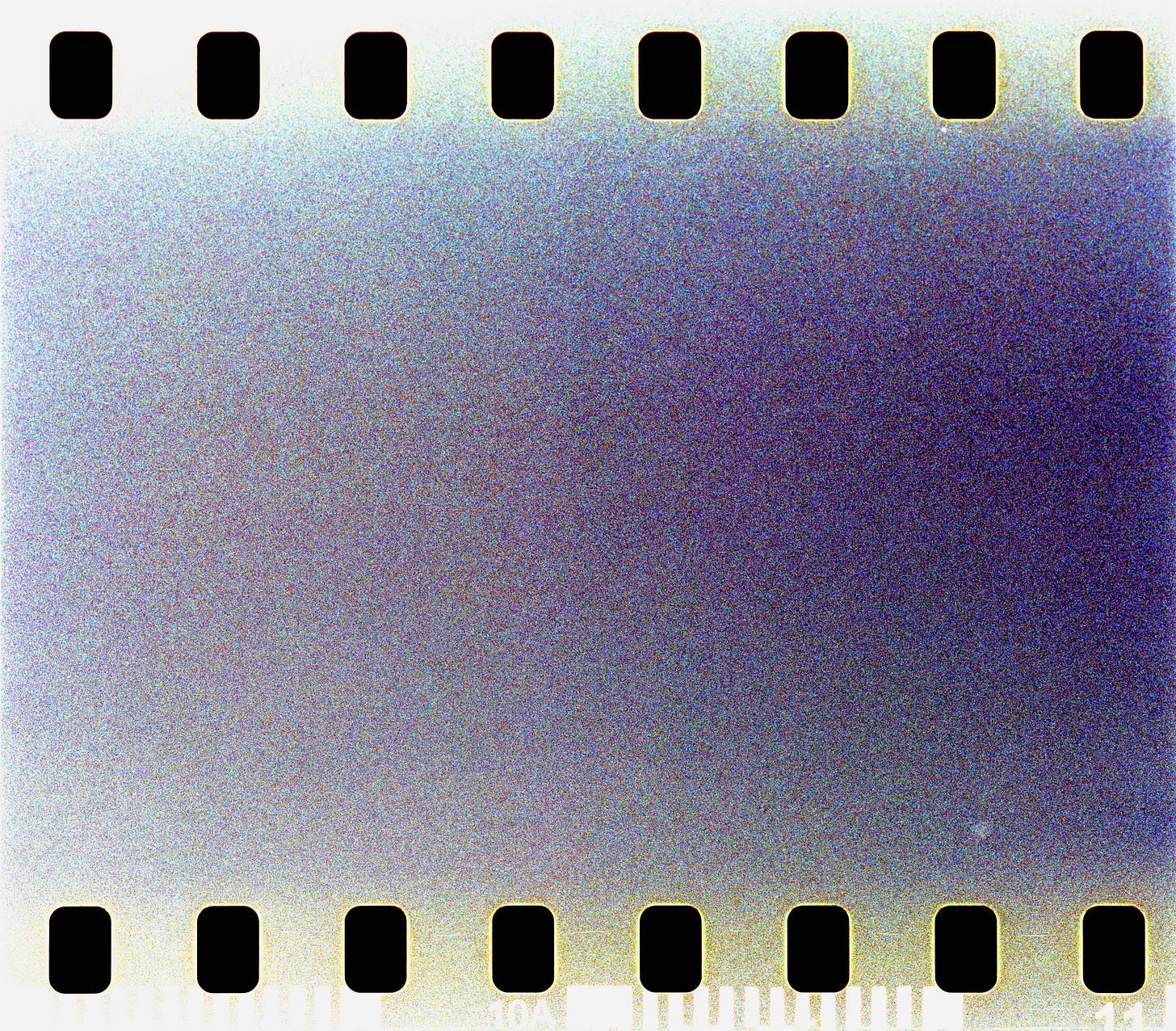
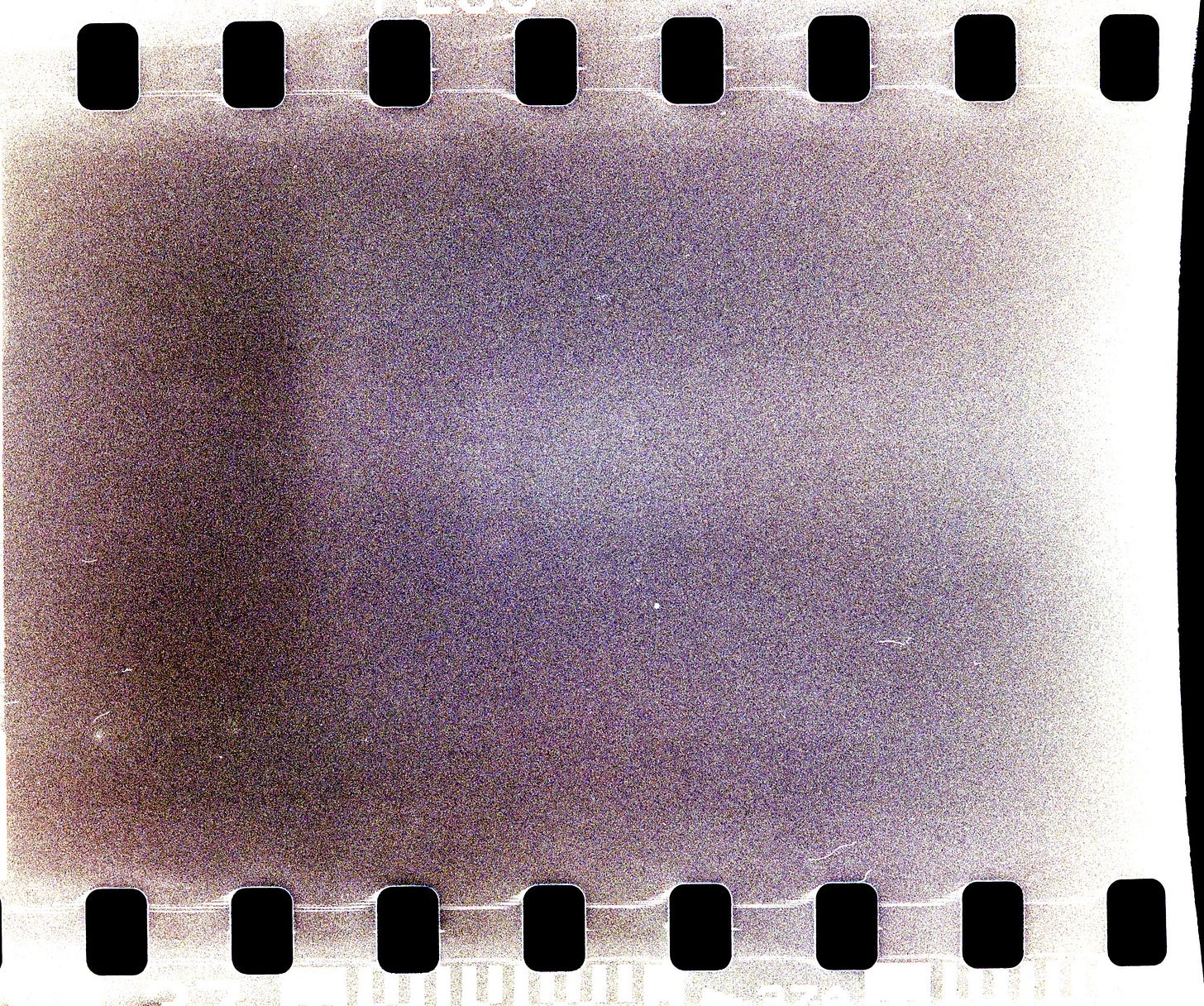
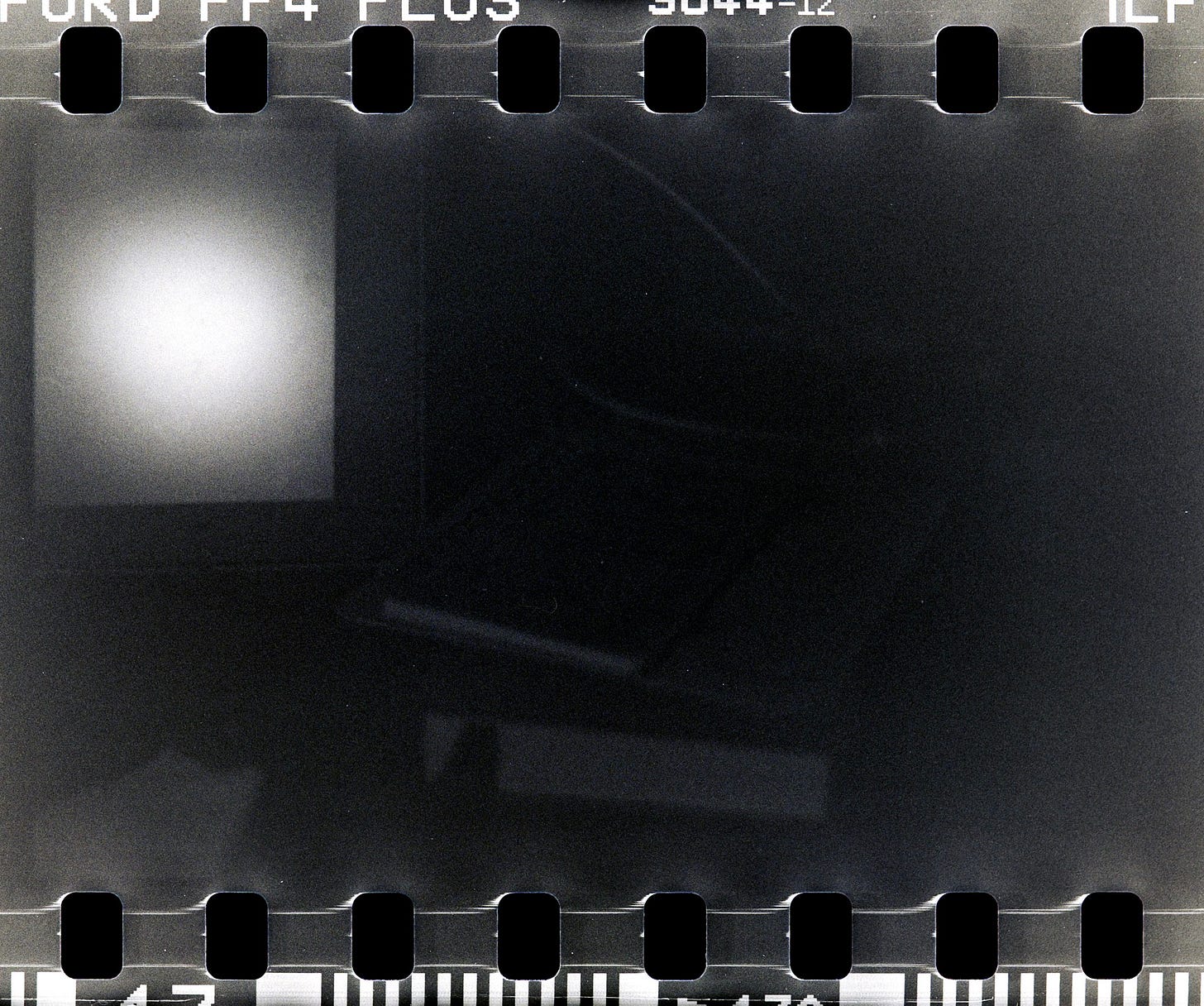
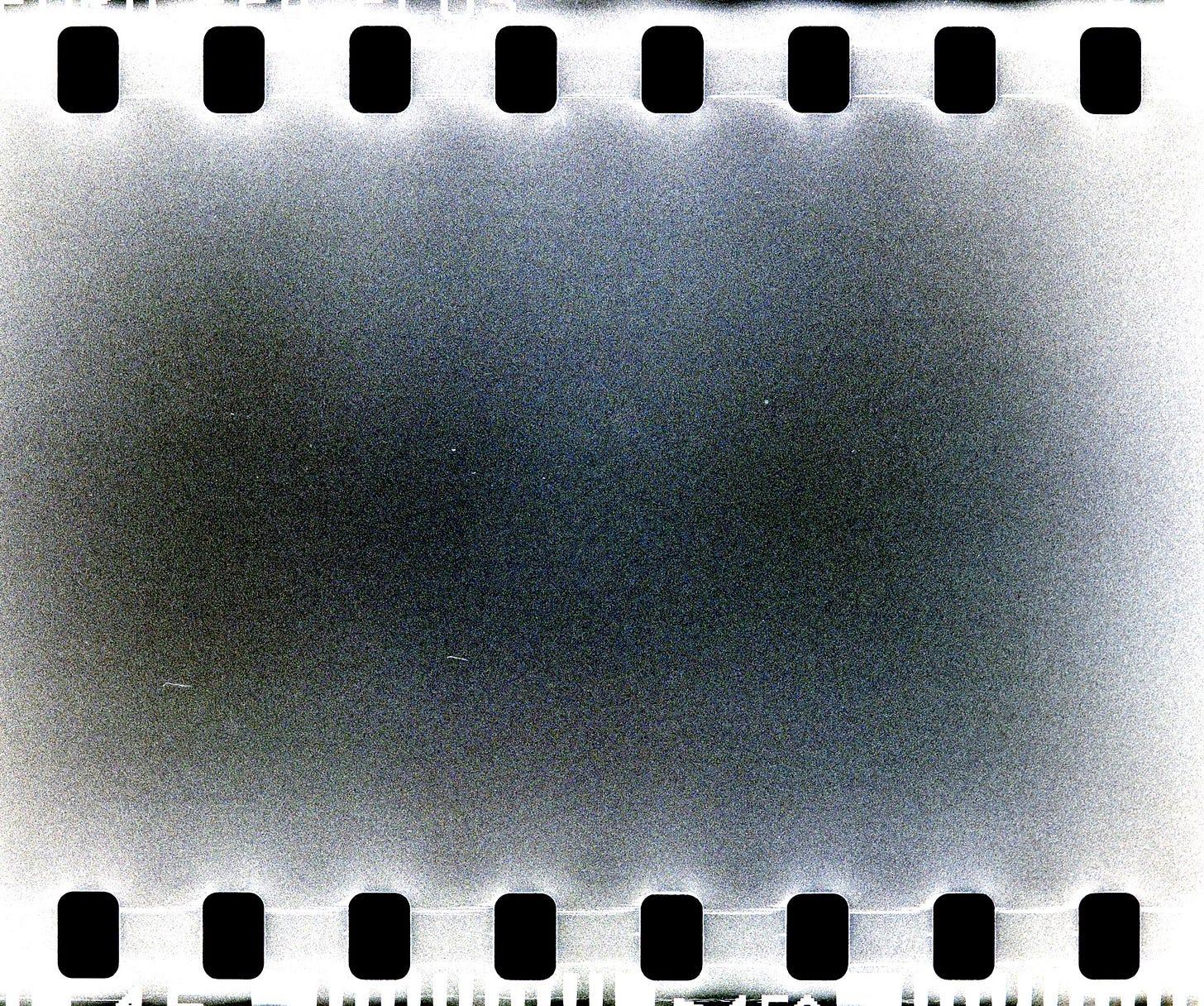
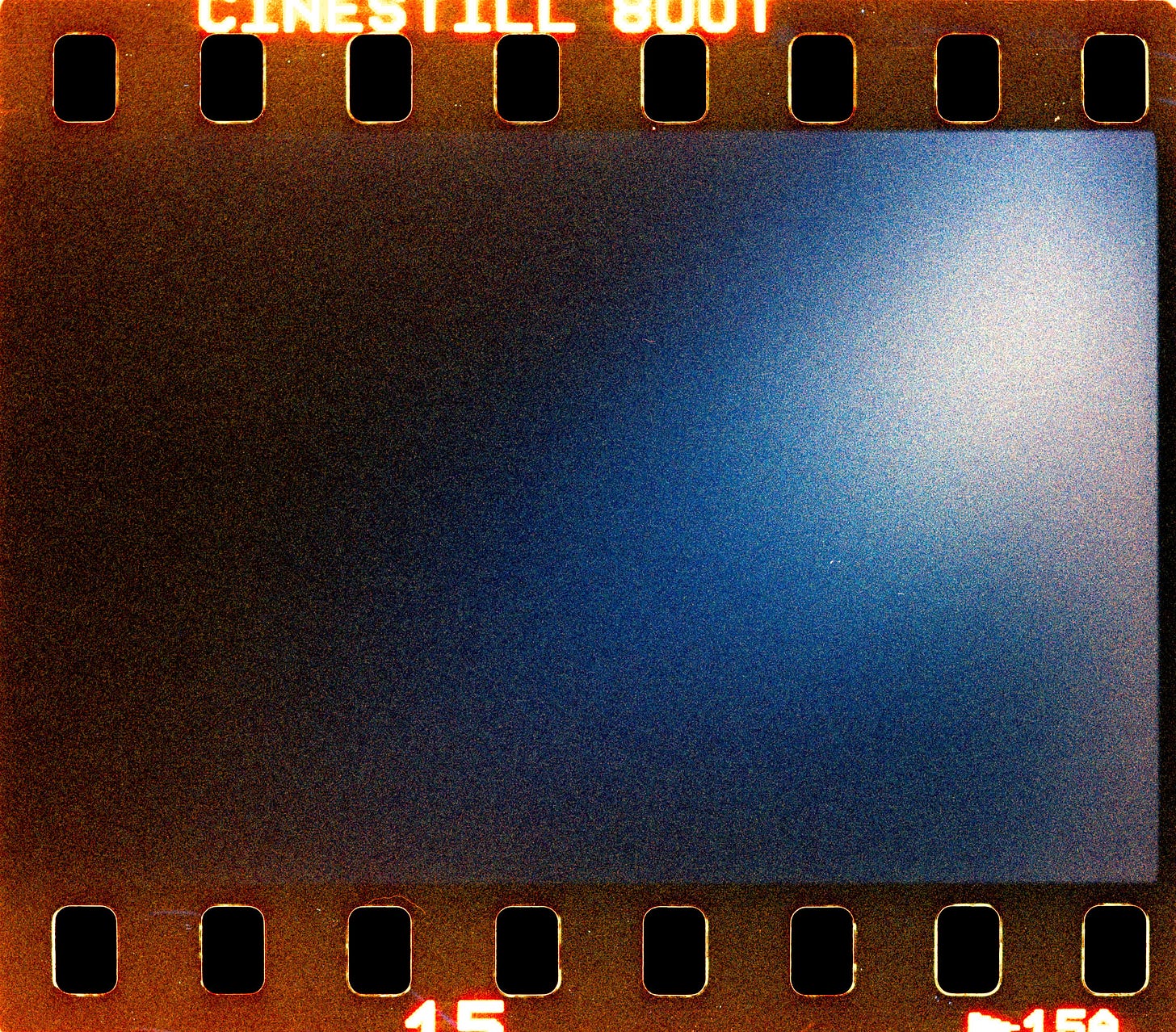
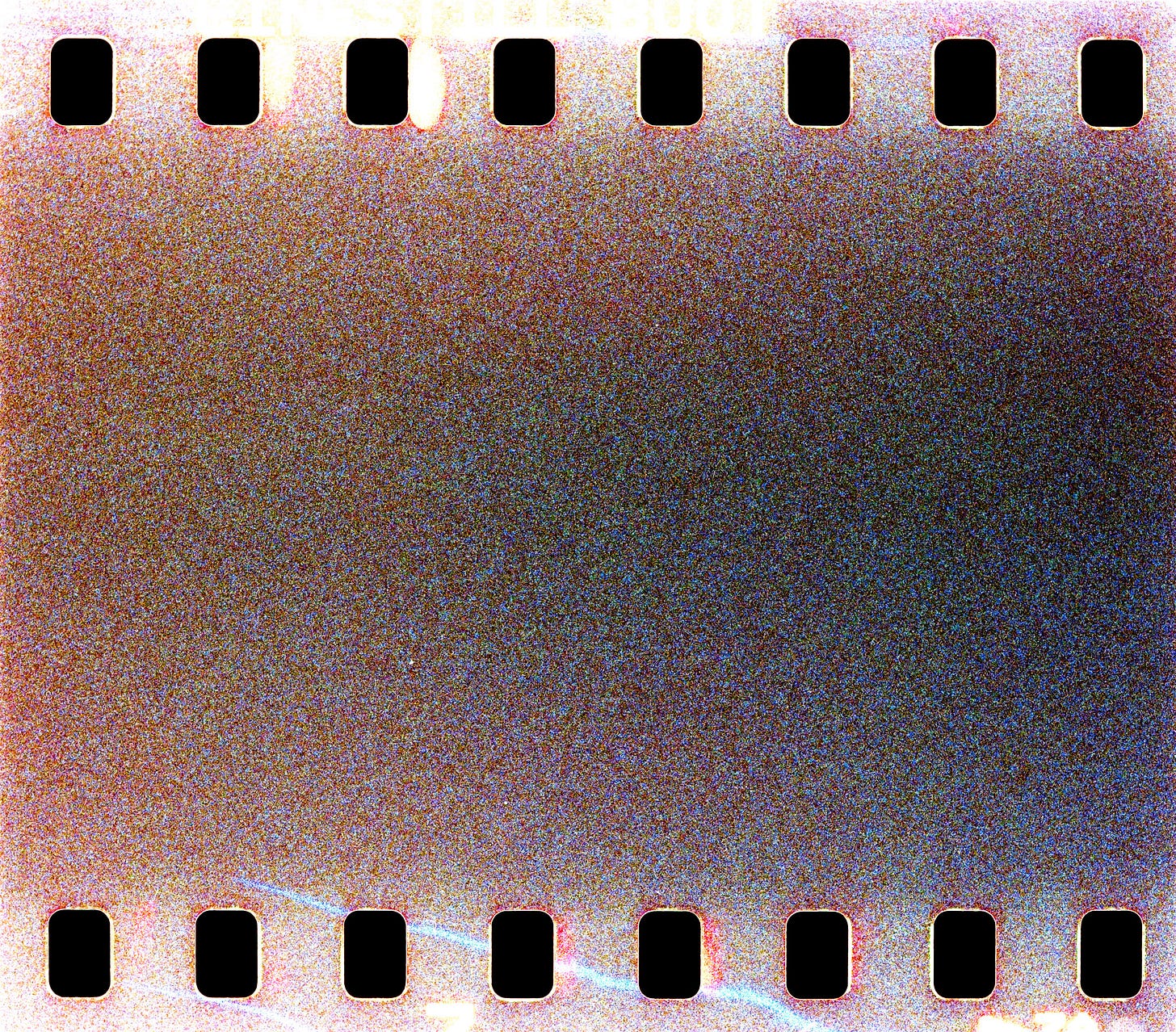
Pretty sure I have done all of the above! Thank you for the reminder, I think.... made me smile!